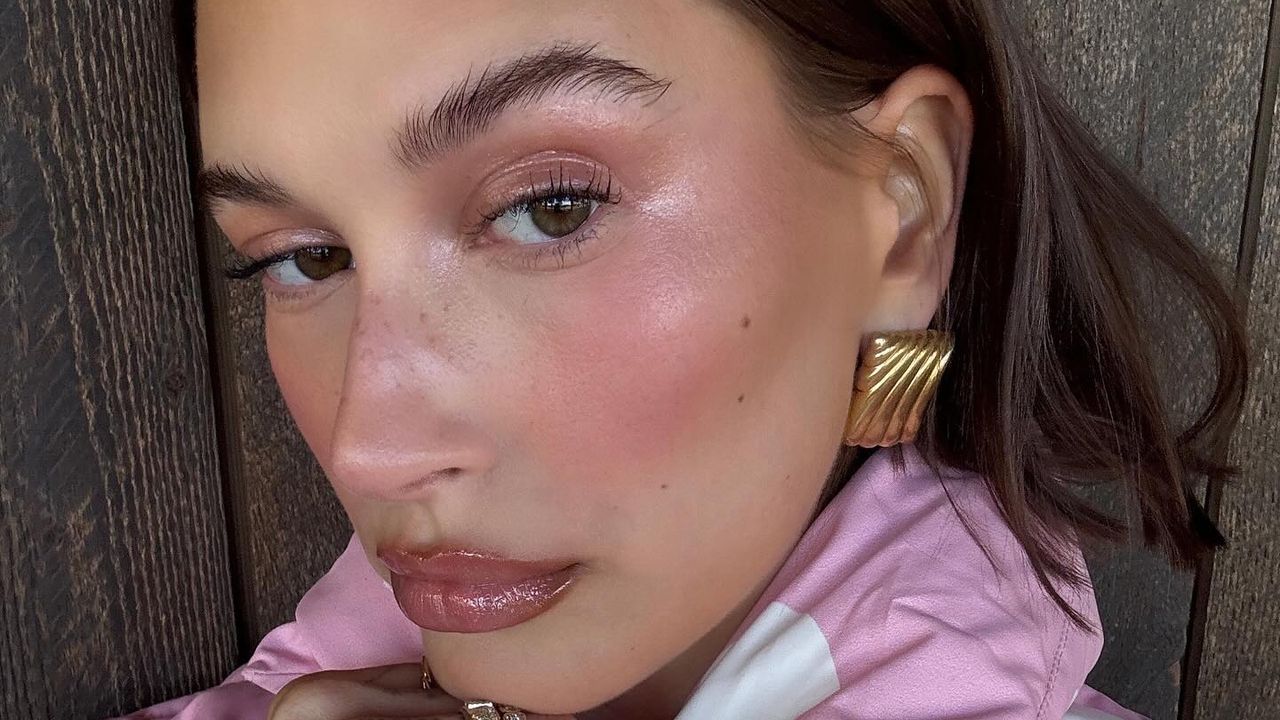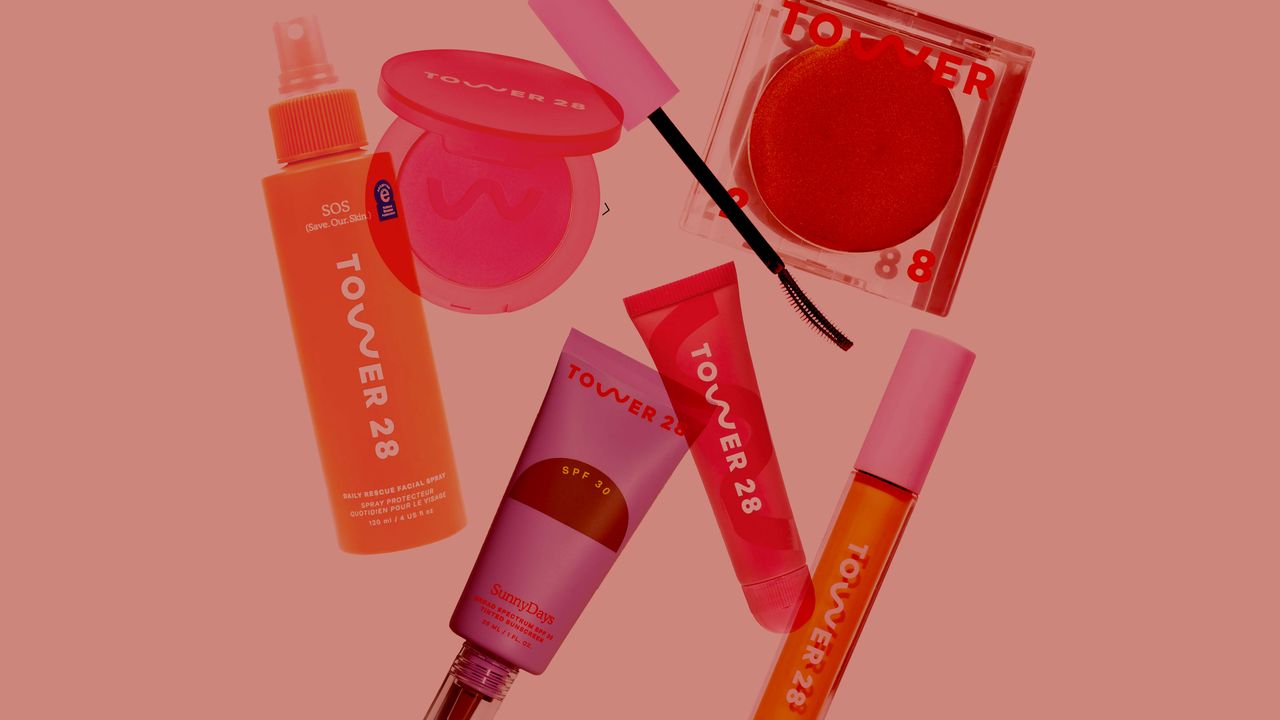Blog
“Grunge” Makeup Is Trending, But Everyone’s Missing the Point

Grunge is back. Or at least in the beauty world, it supposedly is; according to Pinterest’s just-released fall trend report, searches for terms like “’90s grunge makeup,” “soft grunge makeup look,” and “messy grunge makeup” have all doubled or tripled in recent months… but interest in one particular term is spiking far more than the rest: “Clean grunge” makeup, searches for which are up more than 600 percent on the platform. If you were around in the mid-90s, that might inspire the same reaction I had, which was, “Huh?” Grunge is inherently the opposite of clean—that’s why it’s called what it is—so what would that even look like?
Turning to social media for answers only left me more confused as to what constitutes grunge makeup by 2025 standards. When I search for “grunge makeup” and similar terms on TikTok, two distinct looks repeat themselves: the first, a swampy wash of brown eye shadow paired with dark matte lipstick; the other, a sharply contoured face punctuated by a gently smudged black cat eye. Instagram offers much of the same with a little sparkle here and there for kicks. Over on Pinterest, just about anything goes when you search for “clean grunge” and the like: amid similar smudged eyeliner looks, I saw glitter haphazardly smeared around the eyes, punchy graphic eyeliner designs, shimmering cut-creases, colorful halo eyes, and seemingly bare faces topped with grayish nude lipstick, to describe just a few. I couldn’t identify a true thread of commonality among any of the “grunge” looks I found on social media, except maybe an inclination toward cool-toned colors and a focus on the eyes.
Amid this quest to pinpoint the true definition of modern grunge, I realized two things. One: In this sociopolitical climate, it was only inevitable that there’d be a growing desire to look “grunge.” Two: In this hyper-algorithmic digital climate, it was also inevitable that grunge would be wholly misunderstood.
You don’t need to have been around for its conception in the late ‘80s/early ‘90s to know that the grunge aesthetic didn’t appear out of thin air. A crop of alternative rock bands out of the gloomy Pacific Northwest (mostly Seattle) became known for a groggy, distorted sound and angsty lyrics revolving around depression, addiction, and mistrust of authority. Their unkempt looks were just as much a form of protest as their lyrics, all in the name of defying societal norms. Men in the scene grew their hair out long and painted their nails (Nirvana’s Kurt Cobain even wore dresses on stage a couple of times). Women left their hair unstyled if they hadn’t cut it all off, they rarely wore makeup, and either rejected feminine fashions or used them as a political statement.












